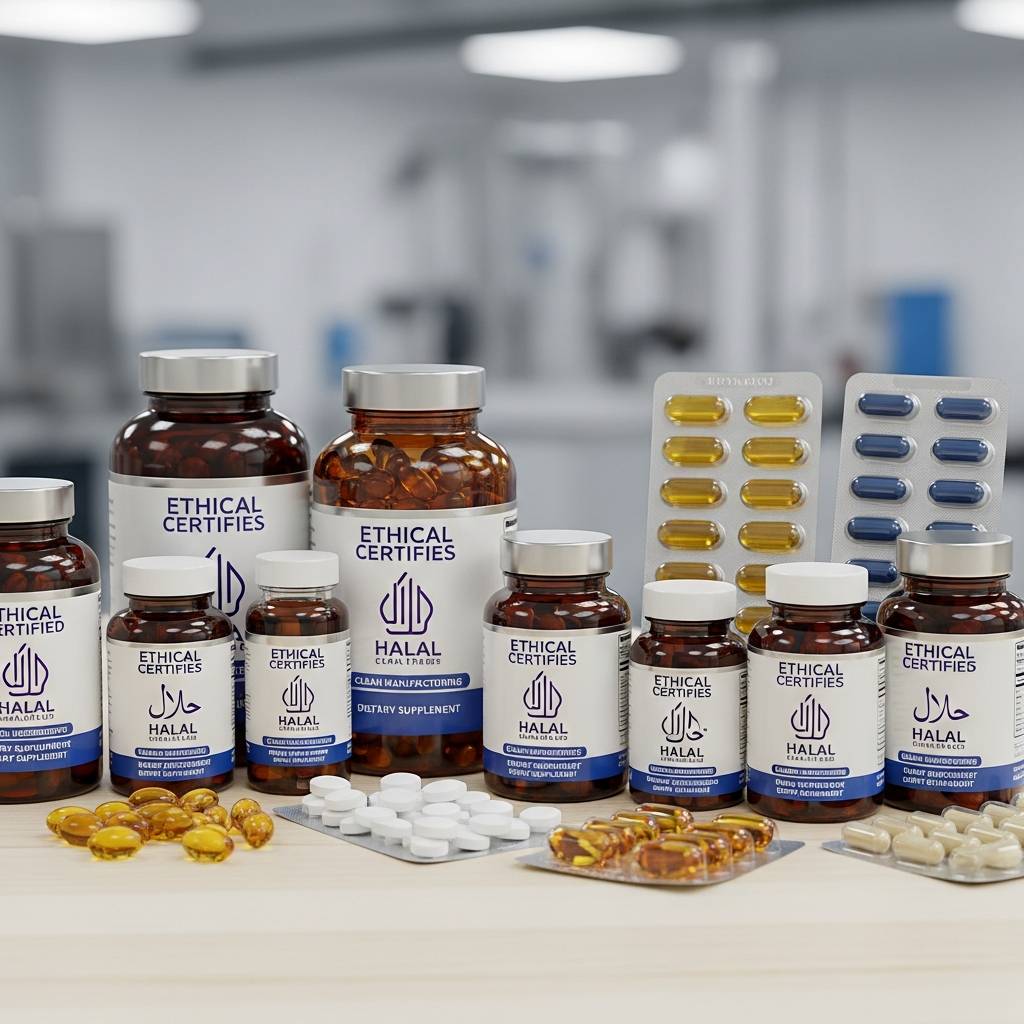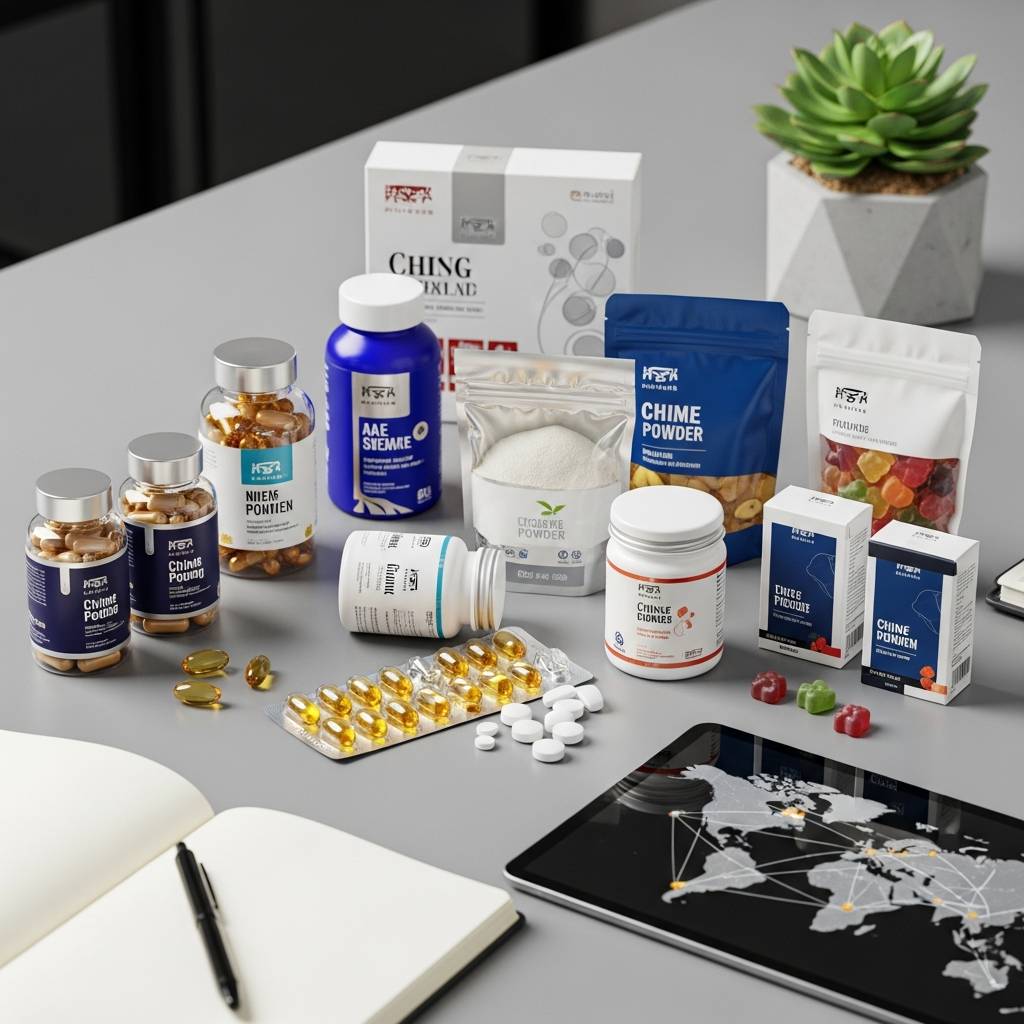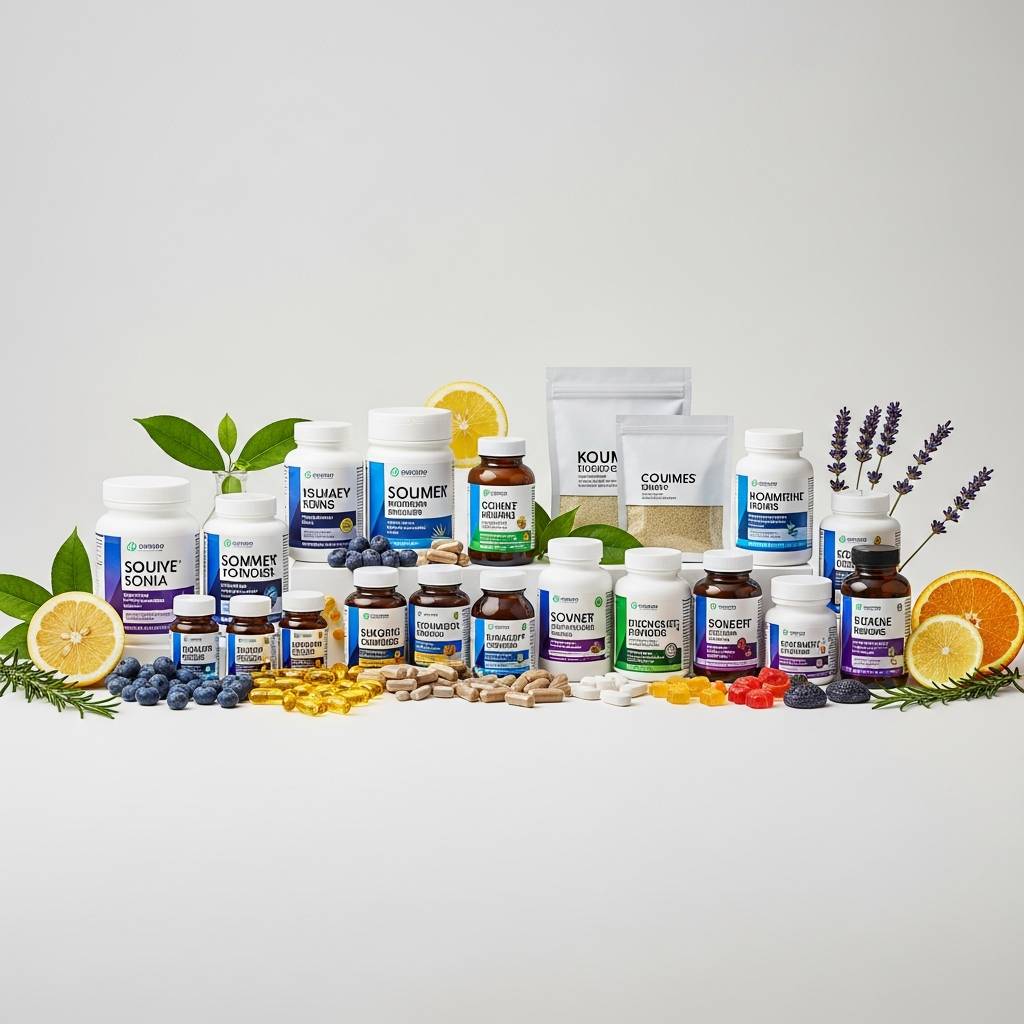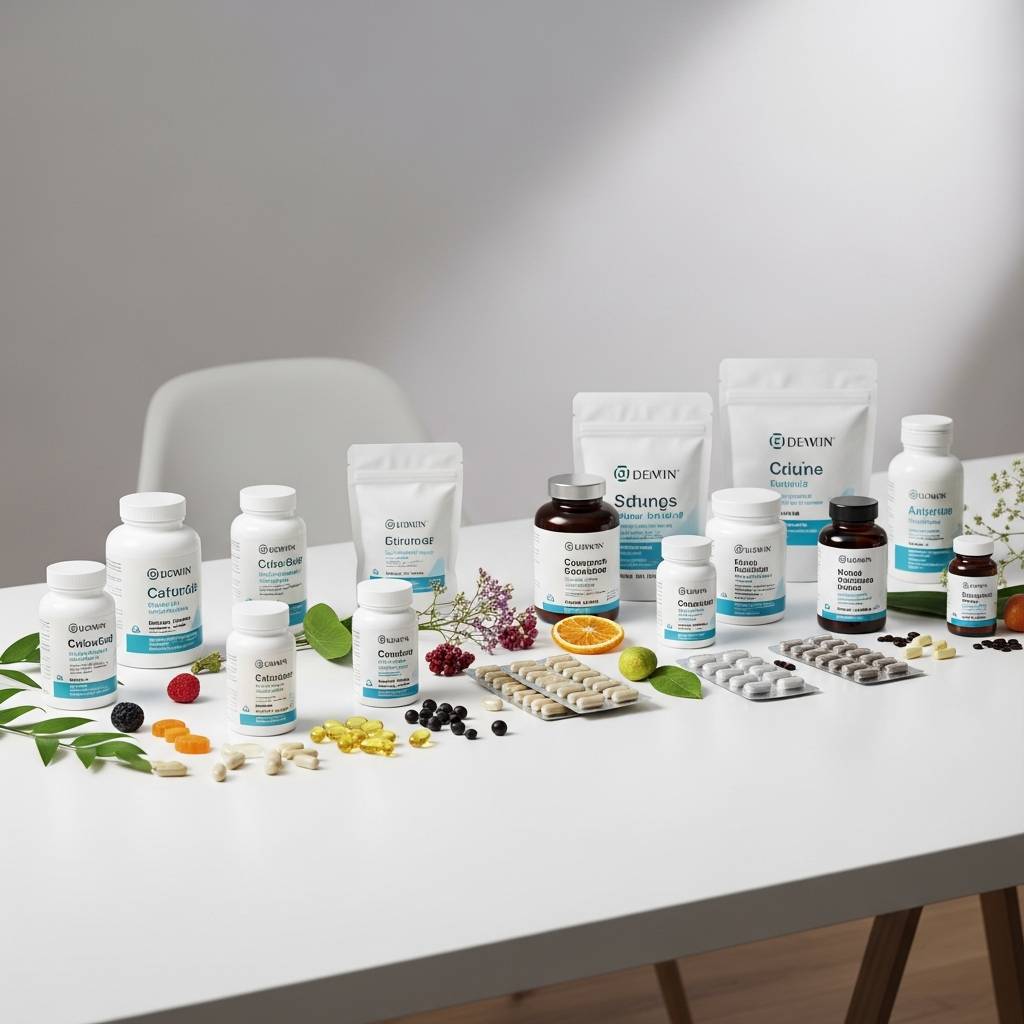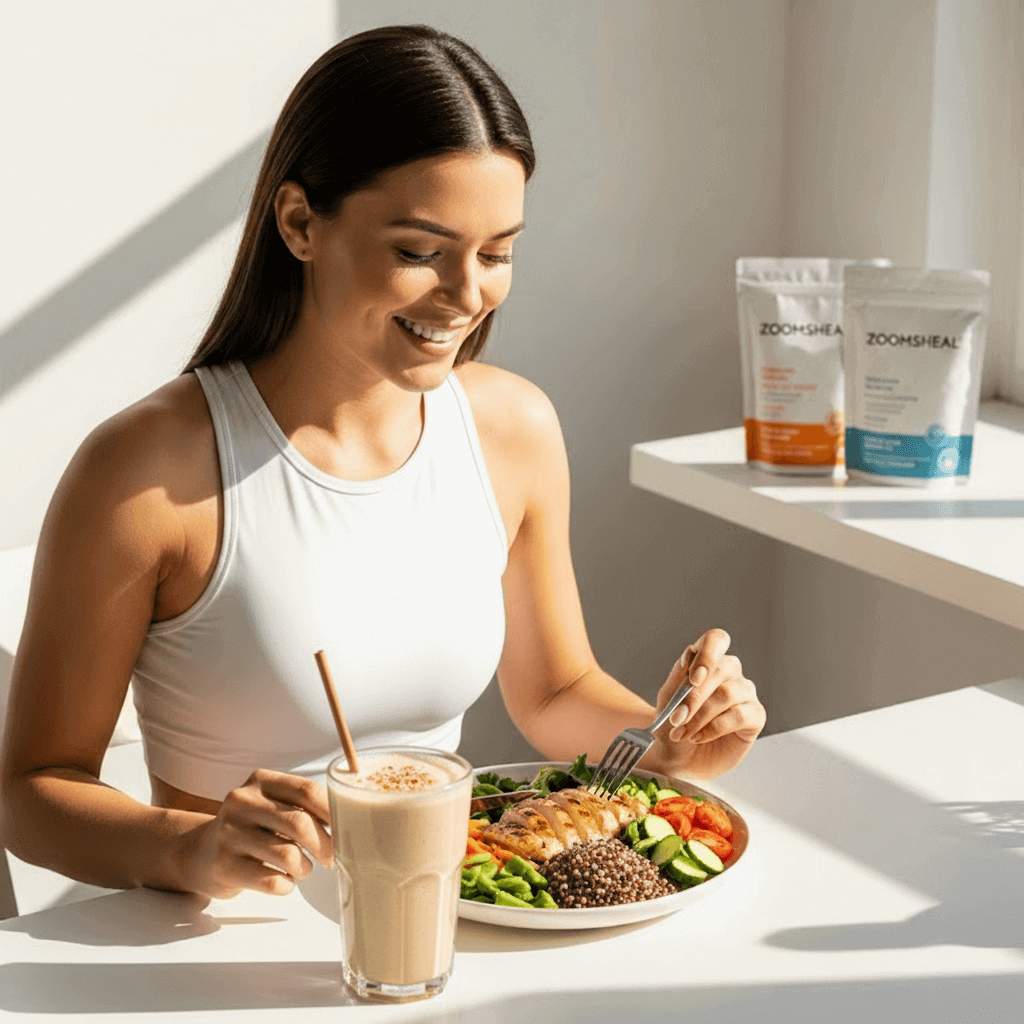As the global supplement industry surpasses $230 billion and grows more competitive each year, selecting the right dosage form has become a strategic decision. While gummy supplements capture consumer attention with their approachable, candy‑like appeal, capsules remain the gold standard for potency, stability, and precise dosing. In this comprehensive guide, we’ll dive into seven critical dimensions—consumer behavior, formulation science, manufacturing considerations, cost implications, regulatory factors, shelf life, and marketing impact—to help you determine whether gummies or capsules are the optimal choice for your 2025 product launch.
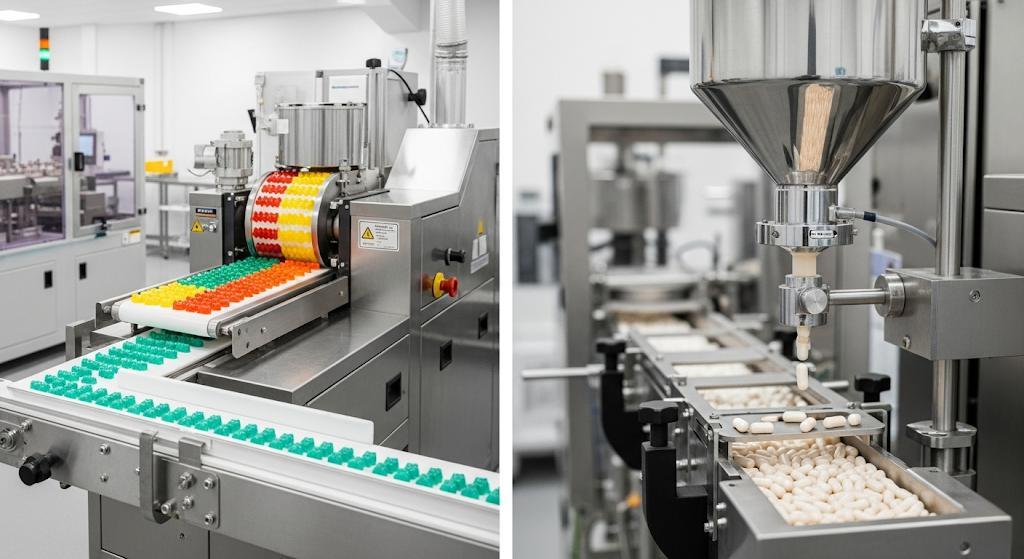
1. Consumer Appeal & Demographic Fit
Gummies
-
Broad Appeal:Particularly popular among younger demographics (Gen Z and Millennials) and parents buying for children.
-
Taste & Experience:Chewable format transforms supplementation into a “treat,” boosting adherence for vitamins like vitamin D or biotin.
-
Perceived Fun:Bright colors, custom shapes, and fruit flavors create a positive unboxing and consumption experience.
Capsules
-
Professional Image:Appeals to health purists, athletes, and B2B buyers who prioritize efficacy over flavor.
-
Unflavored Convenience:Easy to swallow with water, no aftertaste.
-
Discreet Usage:Preferred by busy professionals who value quick, no‑mess intake.
Key Insight:Match your format to your primary audience. If your brand targets wellness‑focused families or beauty enthusiasts, gummies may drive higher trial rates. For clinical or performance‑oriented markets, capsules convey trust and precision.
2. Ingredient Compatibility & Stability
Heat and Humidity Sensitivity
-
Gummies require a warm gelatin or pectin matrix for molding; some botanicals, probiotics, and live cultures may degrade under those conditions.
-
Capsules (hard gel or HPMC) allow dry‑fill processes that preserve heat‑sensitive actives like vitamin C, liposomal ingredients, or botanical extracts.
Potency and Fill Weight
-
Many capsules support fill weights exceeding 500 mg, enabling high‑dose delivery of powders and oils.
-
Gummies typically have a maximum payload of 300–400 mg per piece when flavor and texture are factored in.
Oil‑Based Actives
-
Softgels excel at encapsulating oil‑soluble nutrients (omega‑3s, curcumin, CBD).
-
Gummies and hard capsules require additional excipients or emulsifiers for oil dispersion, potentially impacting ingredient purity.
3. Manufacturing and Cost Considerations
Tooling and Setup
-
Gummies involve custom tooling for shapes, molds, and flavor systems. Initial setup costs are higher, especially for unique shapes and multi‑layer effects.
-
Capsule filling lines are highly automated and standardized, offering lower tooling fees and faster changeovers between SKU variants.
Minimum Order Quantities (MOQs)
-
Gummies often carry higher MOQs (typically 5,000–10,000 units) due to mold and flavor batch constraints.
-
Capsules can accommodate smaller MOQs (1,000–2,000 units), ideal for startups testing market demand.
Unit Cost
-
Per‑unit production cost of gummies is generally 10–20 % higher than capsules, factoring in flavor, sweetener, and gelatin/pectin costs.
-
Bulk pricing for capsules scales more linearly with volume, offering cost advantages at higher production runs.
4. Regulatory & Labeling Nuances
Classification and Claims
-
In some regions (e.g., parts of Europe), gummies may be regulated under “confectionery” laws, requiring additional approvals.
-
Capsules fall under traditional dietary supplement regulations globally, streamlining label review and health claim substantiation.
Ingredient Declarations
-
Gummies demand clear labeling of sugar, sweeteners, gelling agents, and acidity regulators.
-
Capsules emphasize active ingredients, fillers, and capsule shell materials (gelatin vs. vegetarian HPMC).
Testing Requirements
-
Both formats require microbial, heavy metal, and stability testing—but gummies often need moisture and texture stability assays as well.
5. Shelf Life & Packaging Strategies
Shelf Stability
-
Capsules boast a typical shelf life of 24–36 months when stored in cool, dry conditions.
-
Gummies average 12–18 months, with moisture migration and flavor degradation as limiting factors.
Packaging Solutions
-
Capsules pair well with light‑blocking bottles and desiccant packs.
-
Gummies benefit from oxygen‑barrier pouches, humidity‑control packs, and temperature‑stable materials.
Best Practice:Conduct real‑time stability studies for each SKU, then choose packaging that maintains potency and texture throughout expected shelf life.
6. Marketing & Brand Positioning
Gummies
-
Leverage visually appealing social media posts and influencer campaigns showcasing colorful, fun formats.
-
Position as a lifestyle accessory—“Wellness in Every Bite.”
Capsules
-
Emphasize clinical efficacy, lab‑tested purity, and precise dosing in product copy, whitepapers, and B2B presentations.
-
Align with medical‑grade or sports nutrition branding for premium positioning.
7. Sustainability & Consumer Trends
Clean‑Label Demand
-
Gummies can incorporate pectin (plant‑based) to meet vegan and clean‑label standards but require careful formulation to avoid aftertaste.
-
Capsules using vegetarian HPMC shells and minimal excipients cater to clean‑label and allergen‑free claims.
Eco-Friendly Packaging
-
Recyclable glass jars or compostable pouches resonate with eco‑conscious shoppers for both formats.
-
Highlighting carbon‑neutral manufacturing or locally sourced ingredients reinforces brand values.
Conclusion: Data‑Driven Format Selection
There’s no one‑size‑fits‑all answer—your choice between gummies and capsules should reflect:
-
Target Demo & Buying Behavior: Who are you selling to, and how do they prefer to take supplements?
-
Active Ingredient Profile: Does your formula require high potency, oil solubility, or heat‑sensitive actives?
-
Production Budget & MOQ Requirements: Can you meet gummy MOQs, or do capsule economics fit your startup budget?
-
Regulatory Pathway: Which classification and compliance framework aligns with your target markets?
-
Brand Story & Marketing Plan: Will you lean into playful, lifestyle imagery, or professional, clinical messaging?
By aligning these factors, you’ll choose the format that not only opens doors to your ideal audience but also ensures sustainable growth, regulatory compliance, and operational efficiency. As you plan your 2025 launch, partner with an experienced OEM/ODM provider capable of guiding you through every technical and strategic decision—so your brand thrives from day one.

